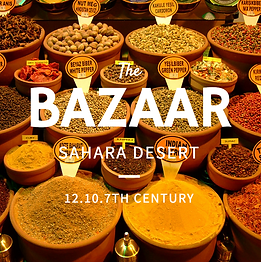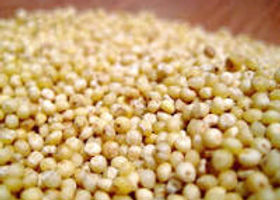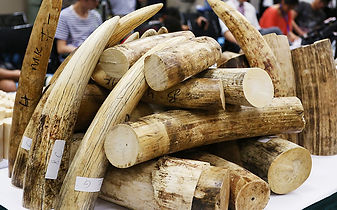






The Trans-Saharan Trade: An Overview
Siham Samara TSTR
Arriving at the Annual Trans Saharan Trade
November 5, 2015—On November 1, 2015, the TST reporters flew to the scene of the event, the annual Trans Saharan Trade. Upon arrival, the crew noticed the millions of goods that were all over the area. Items ranging from tangent goods to abstract ideologies. Although the crew went to investigate, the arab merchants were the ones to explain what was happening. The generous Arab merchants and civilians started by giving the crew a tour through the area. At the scene of the event, goods were distributed amongst various regions across the northern half of the African continent.
The Trade
As the crew reported, trade along this route was not based solely on material goods. Even though they took a big part of the trade, things such as intellectual ideas and faiths were distributed. One of the biggest religions traded through the Sahara was the Islamic faith. On the material side, metals such as gold and copper were traded. Besides this, dates, millet, yams, sorghum, and kola nuts were some of the crops traded. In addition, ivory, salt, pepper, slaves, cotton textiles, and metal goods were part of this extensive network.
Slaves and the Islamic Faith
As the crew spent more time in the event, the arab merchants explained the relation between slave trade and Islamic faith. “Some time ago, when this news faith started to spread to the west, so did the slave trade. These people demand a lot of slaves as servants and soldiers.” said the arab merchant. Some time after, the reporters discovered that this faith did not let them capture free muslims but since the faith was starting to grow at the moment, they could capture various free african civilians. Due to the information received from the merchant, it is evident that the slave trade is one of the goods that contributes the most to the economy of the region.
Importance of Other Goods
Some information that the reporters have collected include the explanation for the trade of crops and spices. The reporters have mentioned that along the route, there are various locations in which the land is not ideal for growing crops. Some areas are infertile and others are populated by pastoral societies. Either way, the importance of the crops traded on the Trans Saharan Route is undeniable. Our researchers have discovered that one of the biggest parts of the economy lays in the production and trading of these “cereals” or “grains”. Many civilizations need crops that can sustain their nutritional demands and therefore they have to get items such as sorghum and millet, which only grows on the northeastern region of Africa. Besides this, merchants have mentioned the importance of spices. At the moment, not all the civilizations have found supplies of spices, so these routes are the place to get them.
New Technologies
Along with slaves and grains, the economy of this vast area was improved due to emerging technologies. The discovery of animals such as horses and donkeys permitted the travelers and merchants to get to their destinations in less time. Not only did this create a way of trading that was much more effective but these new “beasts” were now wanted by other civilizations and regions. Besides helping with the trade, these animals were traded themselves. One of the arab civilians mentioned that there was a brand new product on the market. Once our reporters went to investigate it, they realized that camels, animals who were much more effective in the desert, were being traded.
Metals
Finally, our TST crew has reported some breaking news about gold. This precious metal was one of the most demanded at the Annual Trans Saharan Trade. Extracted from western and central Sudan, this metal was very expensive and it sustained the economy of many civilizations. Our reporters found this very similar to how many of our economies are based on petroleum. On the contrary, they did realize that we do not trade our materials but rather have a set currency to which we sell our goods.
This is a Small World
As our reporters ended their journey through the Trans Saharan area, they realized that there were many differences amongst the cultures. On the other hand, they also came to the conclusion that there are many similarities. As seen, some of the aspects in this region are similar to ours, the use of these amazing mediums of transport that could also help them to expand their civilizations and boost their economy is similar to our way of making new alliances with countries to improve our economy. Differently, this region is basing their income on the trade of salt, ivory, and other condiments needed by other regions while we are basing it on a variety of goods, not necessarily crops but rather machinery and more complex products.







